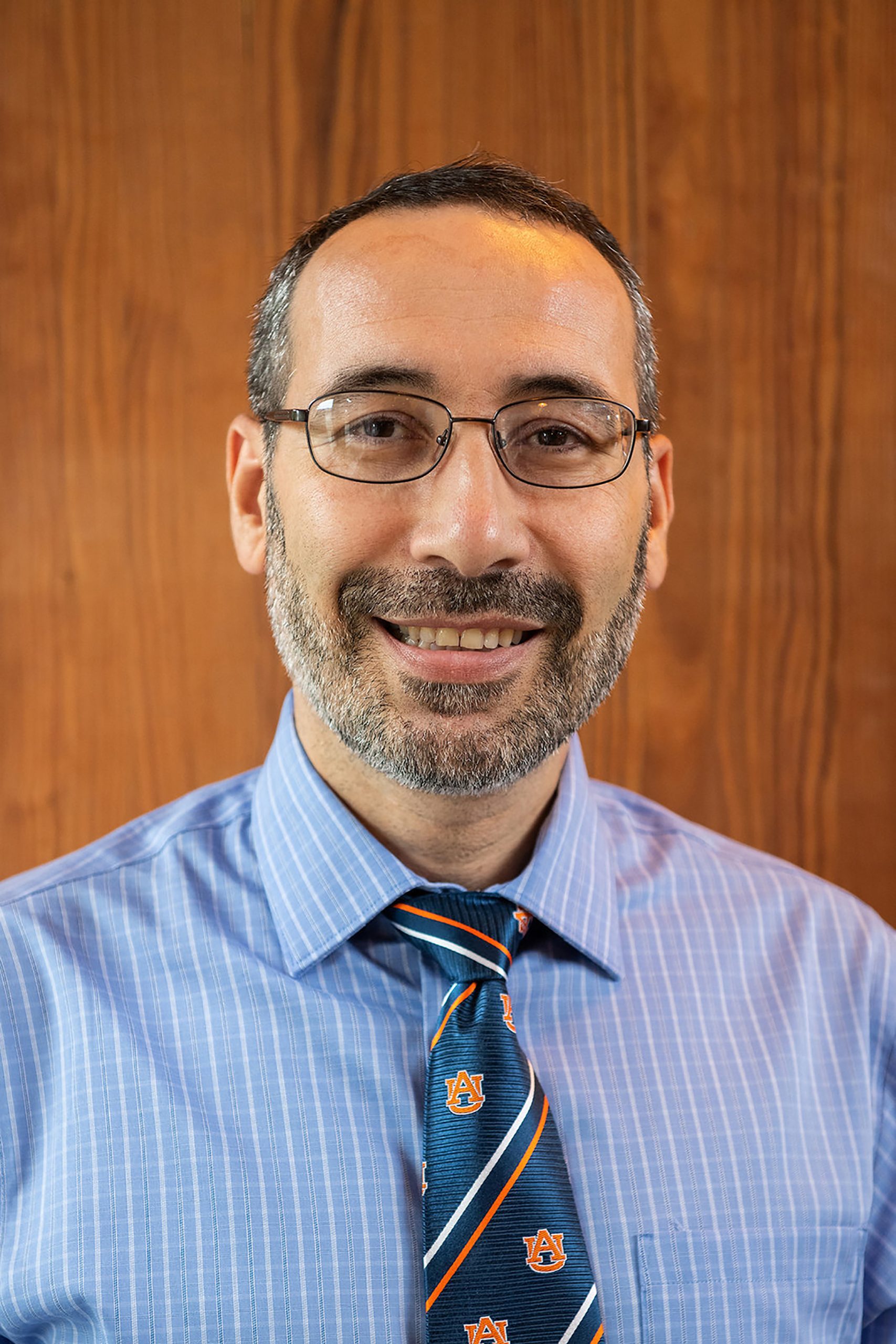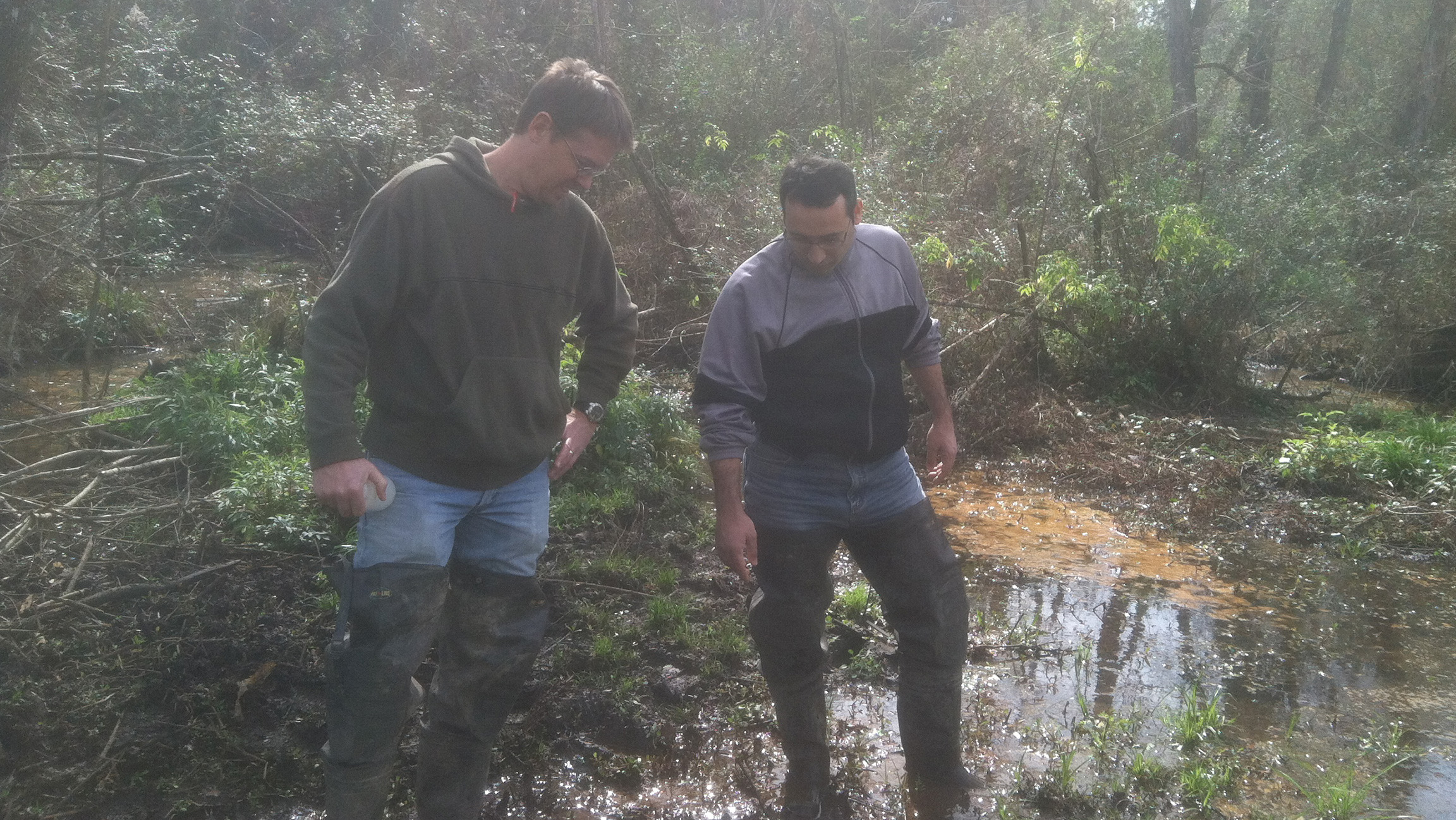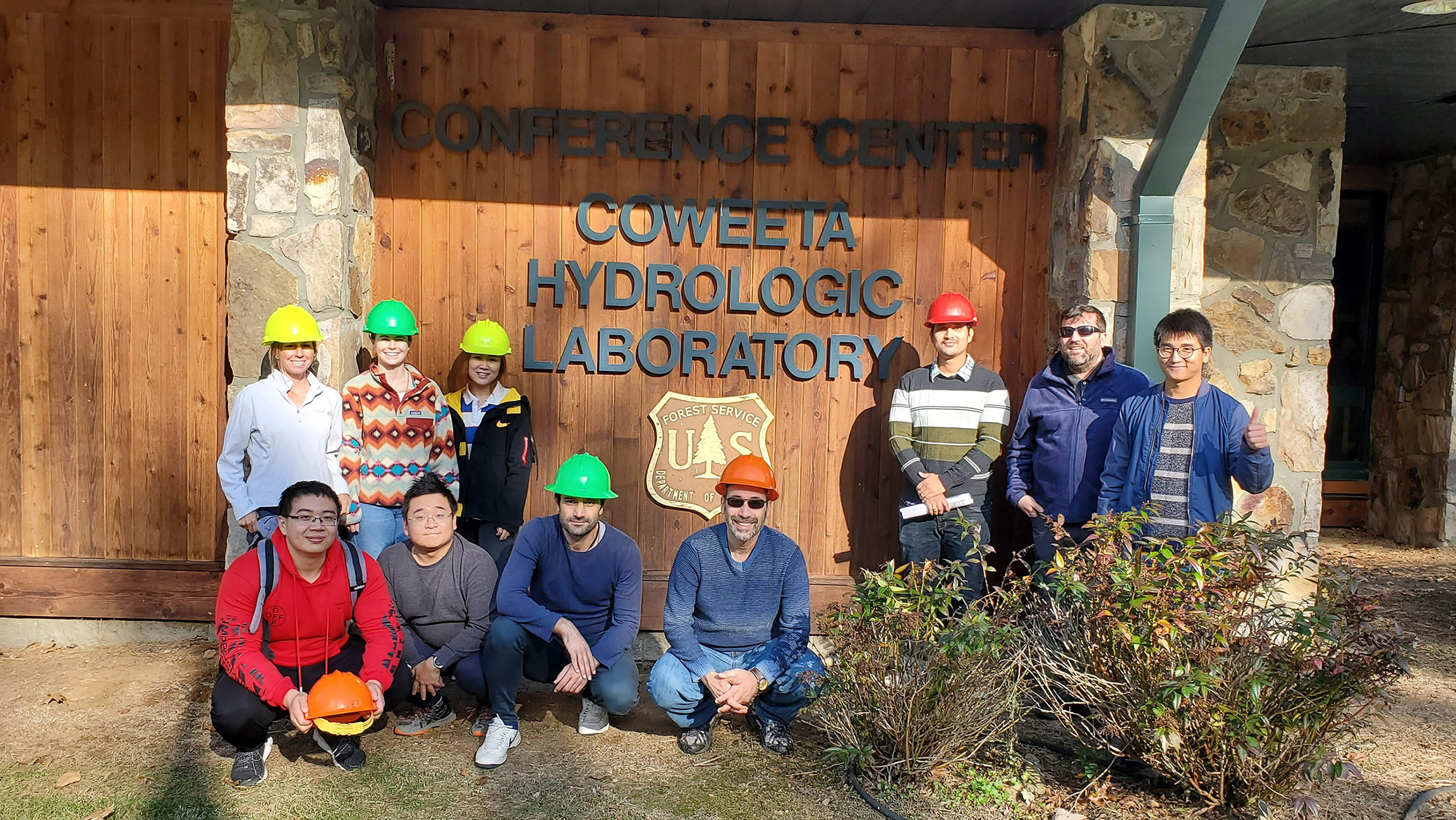
Meet Dr. Latif Kalin
We sat down with Auburn University’s Dr. Latif Kalin, a Professor in the School of Forestry and Wildlife Sciences.
Tell us about your background and current position.
I am a professor in the School of Forestry and Wildlife Sciences. I have been at Auburn since 2006. I was hired as a Forest Hydrologist, but my background is in general hydrology. I have a PhD and MS degree in Hydrology, both from Purdue University Civil Engineering. I worked at US-EPA for 4 years as a post-doc before I was hired by Auburn University.

Describe your current research activities.
My current research has two major focuses: (1) studying how land use/cover change and climate change/variability impact water resources and water quality at the watershed level, and (2) developing numerical models to better understand nutrient and carbon cycles in natural and constructed wetlands. My research projects are generally funded by federal grants. Currently, I have projects funded by EPA, USDA, NOAA, NASEM, and MASGC. They are all existing projects. With the NOAA-funded project, for example, we try to understand the environmental factors that have led to the decline in some fish populations in the Mobile Bay. It is a highly interdisciplinary project bringing together scientists from fisheries doing laboratory scale work to modelers (atmospheric scientist, watershed modeler, ecosystems modeler, hydrodynamic modeler), economists, and stakeholders. In our recently funded USDA project, we will developed tools to better understand the ecological services provided by wetlands through nutrient reduction at watershed level.

In your view, what are future priorities for Alabama water resources research?
I can think of a couple of priorities… We all know that Alabama is rich in water resources. We have many rivers, streams, creeks, and small to large size impoundments on them created by dams. Many of these dams are getting old, or are already old. At some point, some of them need to be removed. These reservoirs have been accumulating sediment and other material carried from their watersheds. The fate and transport of these in the future need to be studied well. Another issue is with land use/cover change. Land use/cover has changed in the past in Alabama, and will change in the future. There is a push for increasing irrigated agriculture land for instance. We need to do these in a sustainable manner. Although we get plenty of rain on average, climate variability is a reality and every 5-7 years we get hit by drought. All resources are finite. If the increase in irrigated land is going to come from conversion of forested land, then this needs to be done following science-based guidance. The benefits of forests are countless. Opportunities should not come at the expense of losing other valuable ecosystem services.

